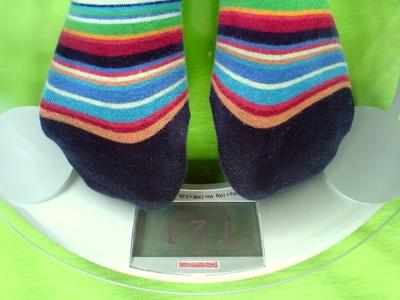A diabetes diet plan does not have to be complicated or boring, according to the Mayo Clinic. However, avoiding certain sugary foods and eating well in general can dramatically reduce your risk of the serious complications associated with diabetes. Even the busiest moms can easily incorporate medically recommended foods into their daily diets and include the occasional eating out at restaurants.
Considerations
Don’t make any major changes to your diet without talking to your doctor. Pregnant and nursing moms must be especially careful to eat only medically approved foods, according to the Mayo Clinic. Your doctor can also help you determine whether you should focus on weight control or weight loss to manage your diabetes; if you also have high blood pressure, you may need to make additional dietary modifications.
Exchange Definition
You will likely often hear words like “exchange” in reference to a diabetes diet, according to the Mayo Clinic. However, the definition is not complicated. An exchange is simply a synonym for a serving of food. One exchange on a diabetes diet plan could be 1/3 cup cooked barley or one-half a large corn on the cob.
Types
A healthy diabetes diet includes starches, vegetables, fruits, dairy products, such as milk and yogurt, lean protein and limited amounts of fat or higher-fat protein choices, according to the Mayo Clinic. Some diabetics may be able to have an exchange of “junk food” occasionally, such as desserts or potato chips. Always check with your doctor before trying this option.
Carbohydrate Function
Carbohydrates are an essential component of your diabetes diet, according to the Mayo Clinic. Avoid choices that include white flour whenever possible. Talk to your doctor about whether you can occasionally enjoy white bread or a bagel. Typically, one exchange of a starchy food includes about 80 calories, up to 1 gram (g) fat, 15g carbohydrate and up to 3g protein. For example, a suitable carbohydrate serving for a diabetic exchange diet could be a slice of whole-grain bread or 1 cup of acorn or butternut squash.
Nutritional Goals
You should aim to eat about 45 to 65 percent of your daily diet from healthy carbohydrates, according to the Mayo Clinic. Protein can comprise about 15 to 20 percent of your daily calorie intake, while fats should not exceed more than about 20 to 35 percent of your daily intake. Some foods, including broth, sugar-free gelatin, diet soda, coffee and salad greens, are considered “free” on your diet.
Photo Credit
- scale image by PinkShot from Fotolia.com





